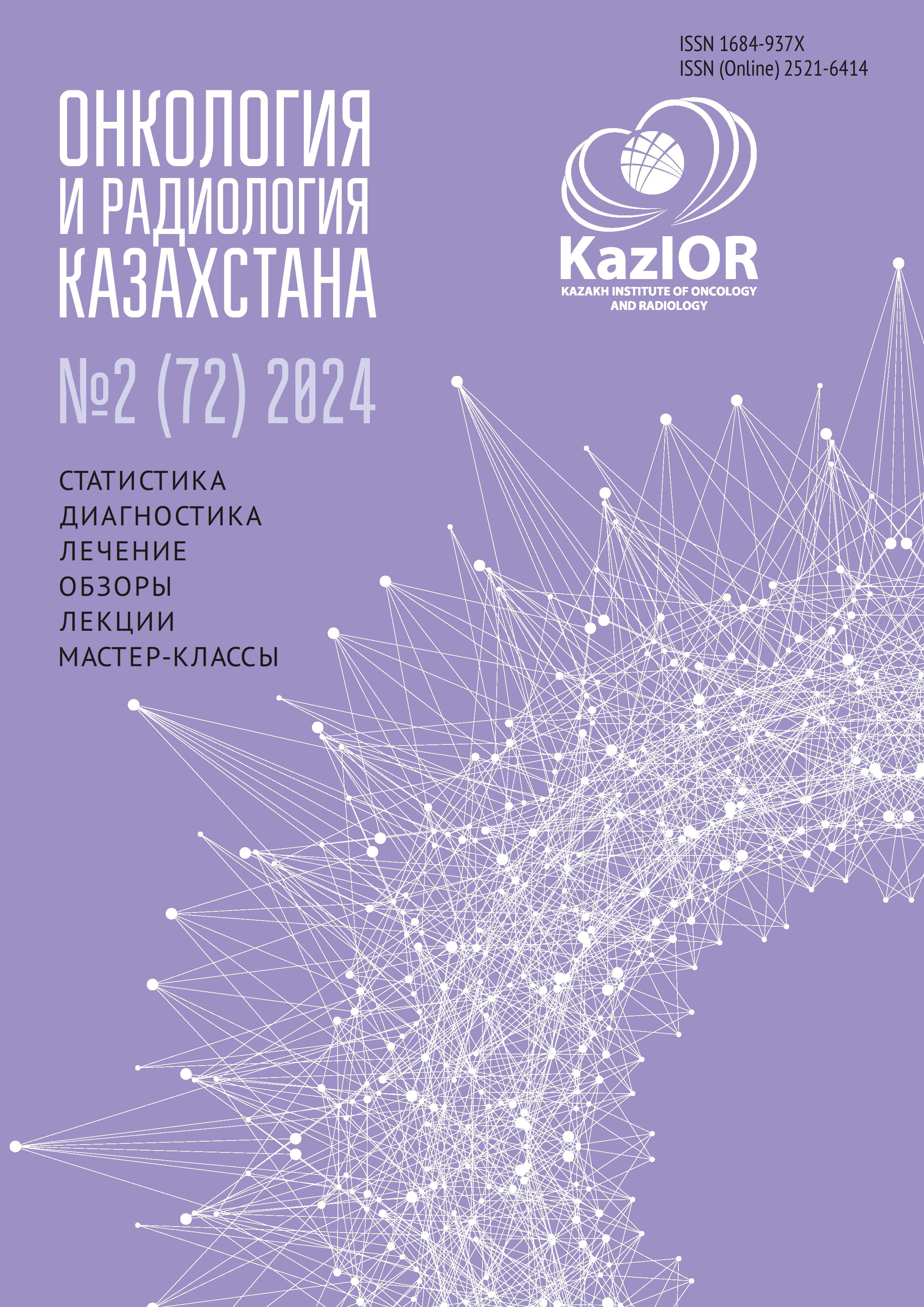Lung cancer screening with low-dose computed tomography: A literature review
Keywords:
early detection, low-dose CT (LDCT), lung cancer (LC), lung nodules, screeningAbstract
Relevance: Lung cancer (LC) is the leading cause of death among oncological diseases and occupies a leading position in the number of new cases worldwide. Early detection of symptoms, precise diagnosis, and effective treatment are crucial for increasing lung cancer survival rates. Low-dose computed tomography (LDCT) screening programs represent a promising method for early lung cancer detection, which can substantially decrease mortality rates and improve patient survival prospects.
The study aimed to review foreign scientific publications on lung cancer screening using low-dose computed tomography.
Methods: The study included the results of foreign randomized controlled trials (RCTs) of lung cancer screening using LDCT, based on articles, meta-analyses, systematic reviews, and reviews. Exclusion criteria included publications published before 2013; publications that were not publicly available. The search results yielded 369 articles, of which 39 literary sources were included in this review. The search covered a depth of 10 years (2013-2023).
Results: An analysis of foreign studies was performed that confirmed the effectiveness of low-dose computed tomography in the detection of lung cancer. Data from randomized controlled trials, meta-analyses, systematic reviews and reviews are presented, confirming the potential of this method to improve early stage lung cancer detection, thus improving survival rates and reducing mortality.
Conclusion: LDCT has been shown to be effective in reducing lung cancer mortality, as confirmed by the results of numerous studies. However, the strategy to implement the lung cancer screening program should be specific to each country in which it will be implemented, taking into account the specifics of the health system. To achieve optimal results, it is necessary to continue research related to the implementation of this screening method, including an analysis of its economic feasibility, as well as an assessment of long-term results and potential undesirable effects.

